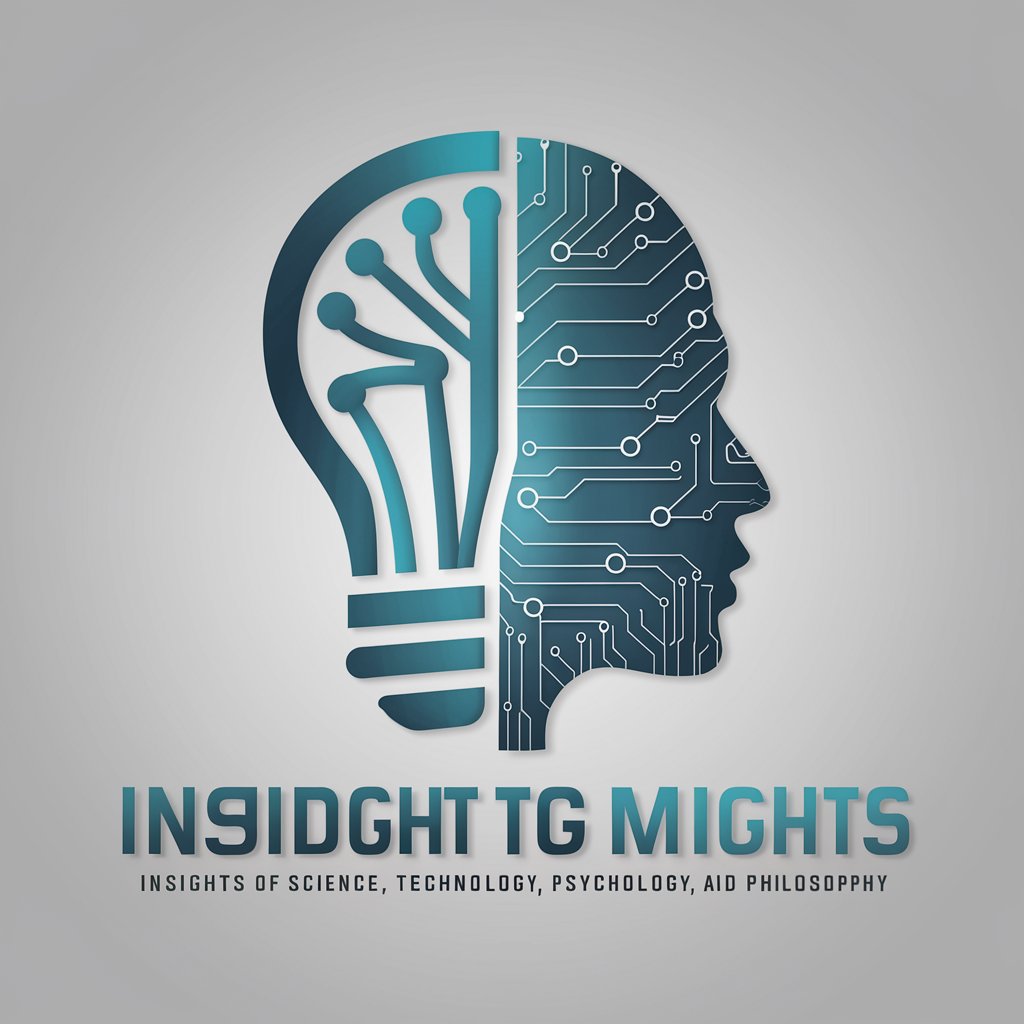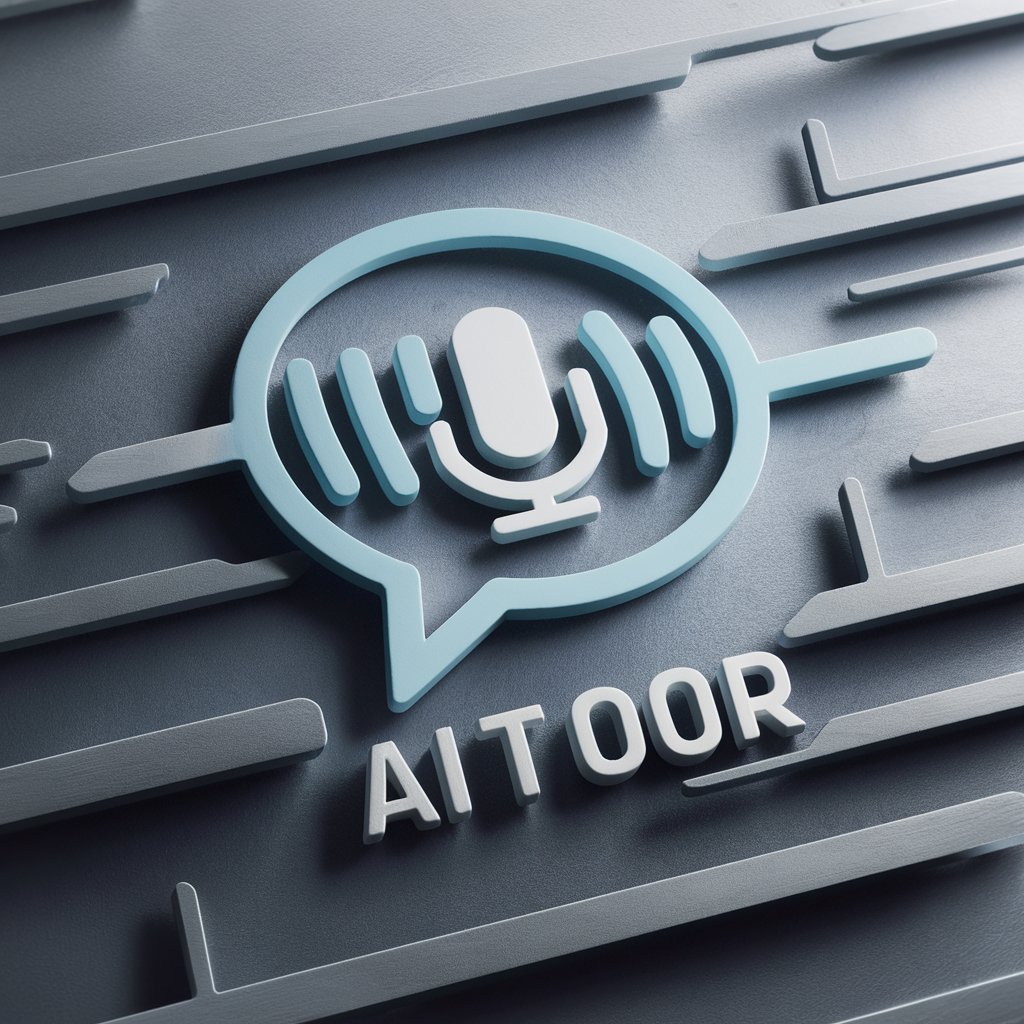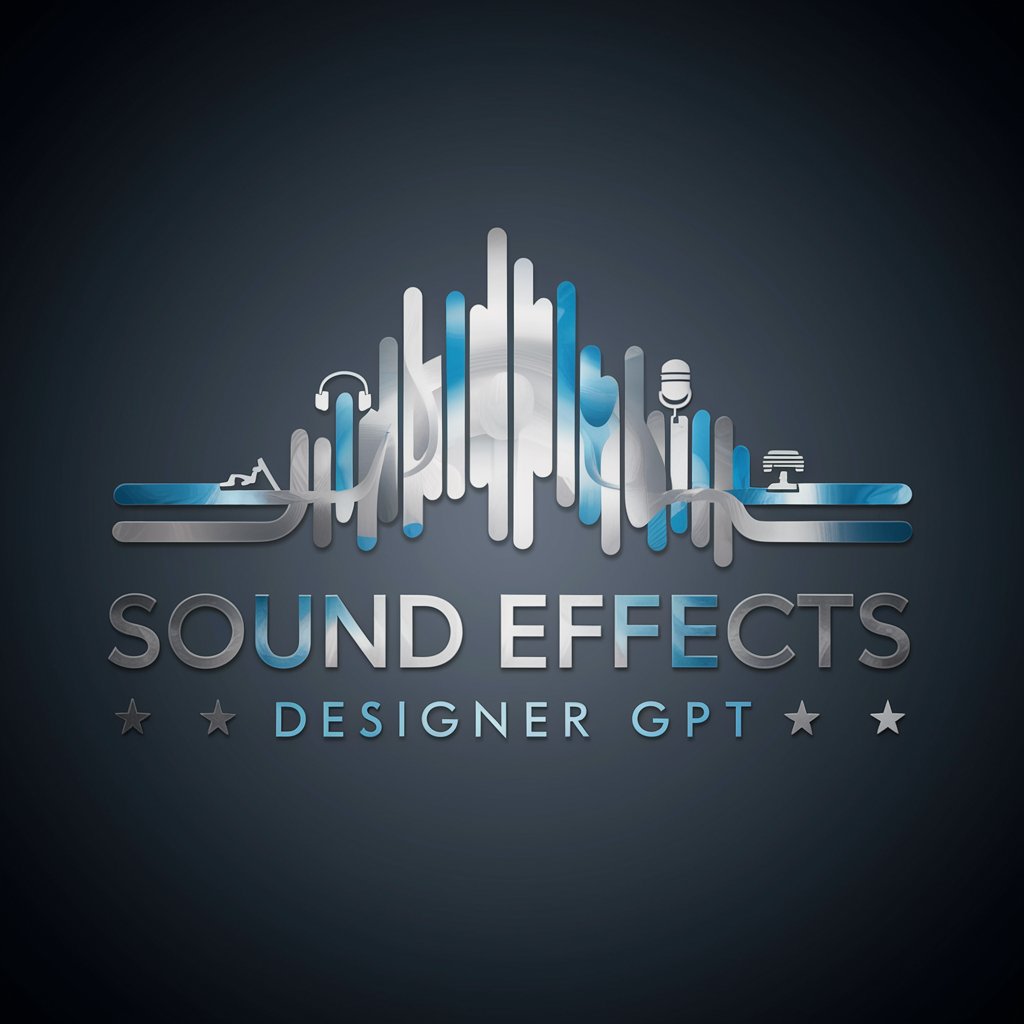
Audio Analyzer-Audio Analysis Tool for Insights
AI-powered audio analysis for deeper insights

Analyze music and audio files.
Analyze my audio file.
Analyze my song file.
Get Embed Code
Audio Analyzer — purpose and high-level design
Audio Analyzer is a specialized automated system for extracting, visualizing, and explaining the acoustic and musical properties of recorded audio. Its design purpose is to bridge the gap between raw audio signals and actionable musical, acoustic, and technical insights. At the lowest level it works with time-domain samples (amplitude vs. time) and derives frequency-domain representations (spectra, spectrograms) and higher-level musical features (tempo, pitch, harmonic content, timbre descriptors). It is built to serve two complementary goals: (1) provide rigorous, reproducible measurements useful to engineers and acousticians, and (2) provide intuitive, musically meaningful analyses useful to musicians, producers and musicologists. Core design principles: • Multi-layer analysis: simultaneous time-domain, frequency-domain, and perceptual/musical feature extraction so that the user sees both raw measurements and musical interpretations (e.g., energy envelope + beat locations + tonic/harmonic summary). • Explainability: every metric has an explanation and an illustrative visualization (e.g., spectrogram with highlighted harmonic tracks), so users can both trust and learn from results. • ReusAudio Analyzer overviewability & automation: analysis outputs are machine-readable (JSON, CSV) and visual (PNG, interactive plots). Batch-processing and parameter presets let users run identical analyses across many files for comparative studies. Examples / scenarios: 1) Mixing engineer checking spectral balance: the engineer uploads a stereo mix; Audio Analyzer returns an overall spectral balance plot (long-term average spectrum), frequency-band RMS numbers (e.g., 20–120 Hz, 120–800 Hz, 800–5kHz, 5k–20kHz), and suggestions where a mix is overly dominated (e.g., "low mids +3.2 dB above target"). The engineer uses that to inform EQ moves and re-render. 2) Musicologist analyzing folk recordings: the user needs pitch contours, harmonic summaries, and rhythmic meter estimates across archival recordings. Audio Analyzer extracts pitch tracks, estimates predominant scale/tonic candidates, and produces beat/tatum maps so the researcher can compare melodies and rhythmic patterns across dozens of files. 3) Room-acoustic diagnostics for a live venue: a venue operator records test sweeps and short musical stimuli; Audio Analyzer extracts impulse-response-derived reverberation times (T20/T30), modal frequencies, and shows how reflections and resonances manifest in the spectrogram and energy-decay curves, enabling targeted acoustic treatment.
Primary functions and concrete applications
Time-domain and amplitude analysis (envelope, transient detection, dynamic range)
Example
Given a mixed stereo file, the system computes the amplitude envelope, detects transient onsets, estimates crest factor and dynamic range (LUFS/LKFS and peak/LRA). It highlights sections where peak clipping may occur and shows where the music is overly compressed (small LRA and high integrated LUFS).
Scenario
A mastering engineer loads a final mix to verify loudness and dynamics before streaming delivery. The Audio Analyzer reports integrated LUFS, short-term LUFS, true peaks, and an LRA timeline; the engineer uses these numbers to decide whether to apply gentle limiting or to request a recall from the mix engineer.
Frequency-domain and harmonic analysis (FFT, spectrogram, harmonic tracking, overtone identification)
Example
For a recorded violin solo the system produces a high-resolution spectrogram, identifies fundamental frequency tracks, and isolates the first several harmonics (partials). It computes harmonic-to-noise ratio, reports spectral centroid and brightness over time, and extracts a long-term-average spectrum for tonal balance analysis.
Scenario
A conservatory researcher compares the timbral differences between two violinists. By extracting harmonic amplitudes and spectral centroids over identical phrases, the researcher can quantify differences in brightness and overtone strength and link them to bowing technique or instrument setup.
Rhythm, meter, and structural analysis (beat tracking, tempo estimation, segmentation, form detection)
Example
From a pop song file, Audio Analyzer returns beat times, a tempo curve (BPM vs. time), detected downbeats, and a structural segmentation (intro, verse, chorus, bridge) using a combination of novelty detection and pattern matching. It exports a beat-synchronous chopped audio preview used for remixing.
Scenario
A DJ preparing a live set needs to sync tracks and create mashups. They use Audio Analyzer to automatically produce beat grids and tempo changes for each track, enabling accurate time-stretching and beatmatching in their DJ software, and to identify repeated chorus segments for loop-based live remixing.
Primary target user groups and why they benefit
Audio engineers, mastering engineers, and producers
Why: They require objective metrics (spectrum, loudness, dynamic range, phase correlation) to make mixing and mastering decisions. How they benefit: rapid diagnostics (e.g., spectral imbalances, problematic resonances, true-peak violations), visual evidence to guide EQ/compression decisions, and standardized exportable reports for client delivery or archive compliance. Example tasks: pre-master checks for streaming delivery targets, diagnosing masking between instruments, or validating stem-level processing effects.
Researchers, musicologists, and educators
Why: These users need reproducible measures of pitch, harmony, rhythm, and timbre across recordings for comparative analysis and teaching. How they benefit: automatic extraction of pitch contours, harmonic content, tempo maps, and form segmentation plus visualizations that support publications and lectures. Example tasks: cross-cultural analysis of scales and tuning, statistical studies of tempo trends in genres, or classroom demonstrations showing harmonic overtones and spectral fingerprints of instruments.
How toAudio Analyzer guide Use Audio Analyzer
1. Visit aichatonline.org for a free trial without needing to log in or have a ChatGPT Plus account.
To get started, go to aichatonline.org where you can access a free trial of the Audio Analyzer tool. No need for any account creation or subscription at this point.
2. Upload or input your audio file for analysis.
Once on the site, simply upload the audio file you wish to analyze. The platform supports various audio formats, such as MP3, WAV, or AAC. Alternatively, you can paste a link to an audio stream.
3. Select the type of analysis you need.
Audio Analyzer provides various modes of analysis like speech-to-text, emotion detection, audio quality assessment, and more. Choose the analysis type that suits your needs.
4. Review the detailed results and insights.
After the analysis, the tool will generate a comprehensive report. You can view transcription, sentiment analysis, audio characteristics (e.g., pitch, tempo), or other relevant data based on your selected analysis type.
How to use Audio Analyzer5. Export your results or use them in your project.
Once satisfied with the results, you can export the analysis in various formats (e.g., text files, reports) or integrate the data into your ongoing projects, whether for research, content creation, or business use.
Try other advanced and practical GPTs
Consultor Financeiro
AI-powered finance insights for everyone.
IB Biology Report (IA) Assistant
AI-powered assistant for Biology IA reports

Rstudio
AI-powered RStudio for data analysis

IELTS Writing - English & Language Learning
AI-powered IELTS Writing Practice & Feedback

文献润色降重
AI-powered academic polishing — refine wording, reduce similarity, elevate manuscripts.

ARMA 3 Script GPT
AI-powered SQF scripting and mission design assistant

Livewire v3 Coding Assistant
AI-powered Livewire v3 assistant for faster component development

Judge·Me•GPT
AI-enhanced content evaluation and improvement.

Photo Math GPT
AI-powered math solver with step-by-step solutions.

MedGPT2+
MedGPT2+ — AI-powered clinical reasoning and biomedical education

Lucy
AI-powered research and writing, responsively human

Professor AL
AI-powered assistance for writing and research.

- Content Creation
- Audio Transcription
- Speech Analysis
- Sentiment Detection
- Emotion Recognition
Frequently Asked Questions About Audio Analyzer
What types of audio files can I analyze with Audio Analyzer?
Audio Analyzer supports a wide range of audio formats, including MP3, WAV, AAC, FLAC, and others. This allows users to upload most common audio types for analysis without format restrictions.
Can Audio Analyzer transcribe speech from audio files?
Yes, Audio Analyzer can transcribe spoken content from audio files into text. It uses advanced speech-to-text technology to deliver accurate transcriptions, which can then be used for various applications like content creation or research.
Does the Audio Analyzer tool offer emotion detection?
Indeed, the tool can detect emotional cues in audio, such as tone of voice, pitch, and cadence. This allows users to gauge the emotional state of speakers, which is particularly useful for market research, customer service analysis, or psychological studies.
Is there any need for a subscription to use the basic features?
No, the basic features of Audio Analyzer, including audio upload and simple analysis tools, are available for free without the need for any subscription. However, advanced features like in-depth sentiment analysis may require a premium subscription.
How can I use Audio Analyzer for content creation?
Audio Analyzer can help content creators by transcribing podcast episodes, analyzing the tone of interviews, or assessing background music quality. By providing detailed audio insights, it helps streamline editing, improve content, and ensure the message is effectively conveyed.





